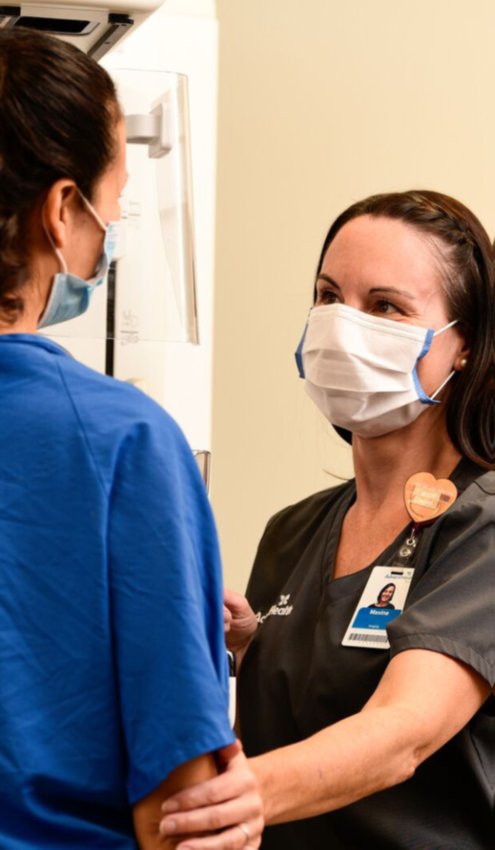“Breast cancer is the second leading cause of cancer death in women in the U.S., so staying on top of your annual mammograms could save your life,” says Leena Kamat, MD, a board-certified radiologist specializing in breast imaging.
The American College of Radiology (ACR) explains that a mammogram is a non-invasive X-ray used to check breasts for breast cancer and other abnormalities. And, most importantly, it’s the only test shown to reduce breast cancer deaths.
Since 1990, research has shown that mammograms have saved between 384,000 and 614,500 lives. To put these staggering numbers in perspective, that's more than double the population of a mid-sized city in the US.
But only about half of women over 40 get regular mammograms. That means breast cancer is taking lives that it wouldn’t if more women knew the value of getting a mammogram.
“Our advanced digital and 3D mammogram technology can detect breast cancer up to two years earlier than self-examination,” says Dr. Kamat. “That’s why it’s so critical to get your screening mammograms.”
In fact, evidence continues to show that 3D mammograms are better at finding cancer. An October 2018 study that tracked 15,000 women over five years found that 3D mammography detected 30% more cancers than traditional mammography. And we know that when cancer is found in its earliest stages (often because of routine mammograms), women are more likely to make a full recovery – and less likely to need aggressive treatment to get there.
A screening mammogram offers the best chance of early detection. [For help optimizing radiology workflows, consider these radiology workflows specialists.] Catching breast cancer early means:
If you’re curious about what will happen during your mammogram, check out our post on what to expect.
 Many factors determine when you should have a mammogram, such as your family history, risk factors and age. Screening mammograms are recommended at least every two years, starting between the ages of 40 and 50. “Any woman who is experiencing unusual breast symptoms, no matter her age, should notify her doctor,” Dr. Kamat says.
Many factors determine when you should have a mammogram, such as your family history, risk factors and age. Screening mammograms are recommended at least every two years, starting between the ages of 40 and 50. “Any woman who is experiencing unusual breast symptoms, no matter her age, should notify her doctor,” Dr. Kamat says.
We offer convenient mammogram appointments year-round. And if you have insurance, it’s likely that 100% of the cost of a screening mammogram will be covered.
Mammograms may also be available to uninsured and underserved women in our community through AdventHealth Foundation and other local organizations.
Getting regular mammograms is beneficial to your body and mind, as you’ll know you’re doing everything you can to protect yourself from breast cancer. To learn more about AdventHealth’s breast care program or access to breast health resources, visit PinkOut.com.
Comments
No comments on this item Please log in to comment by clicking here